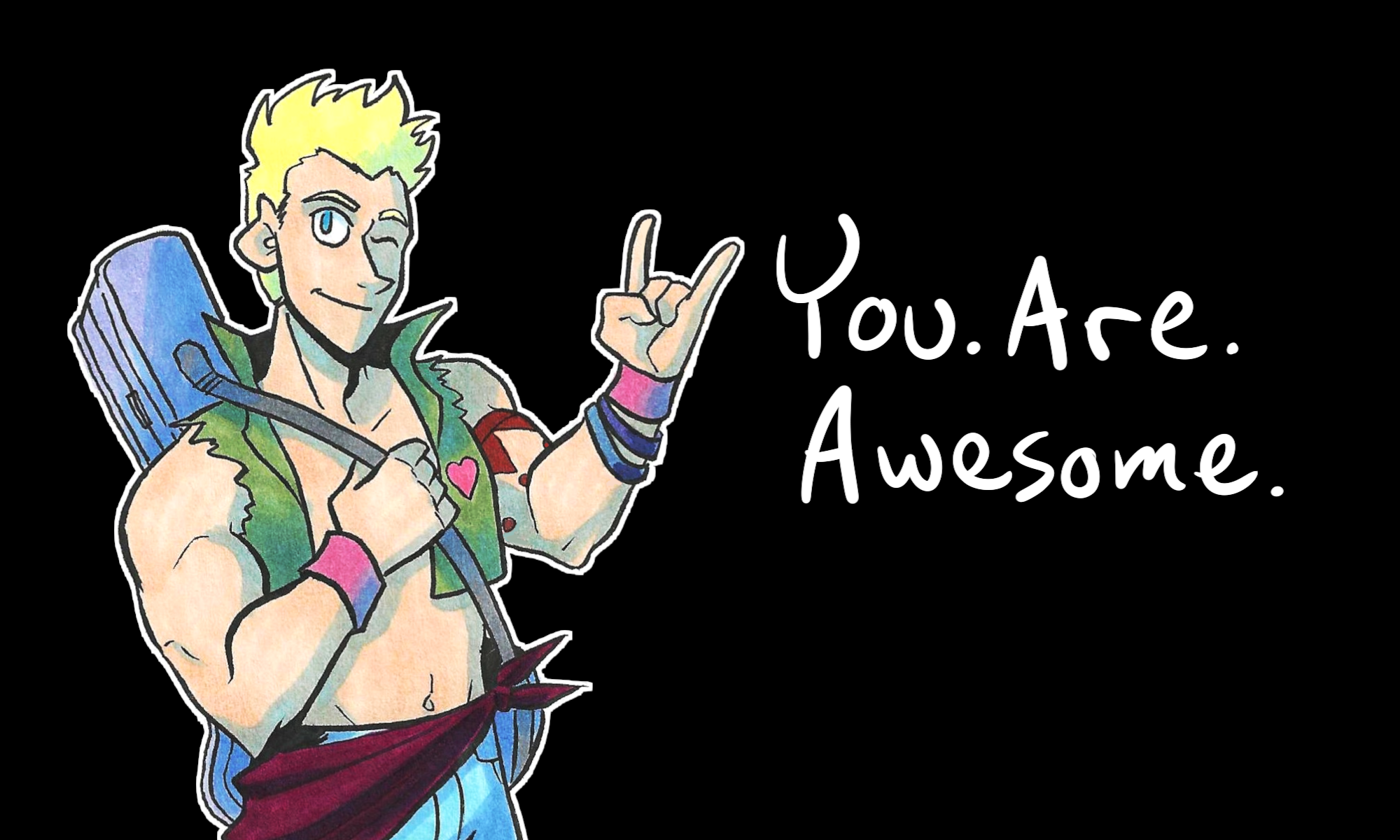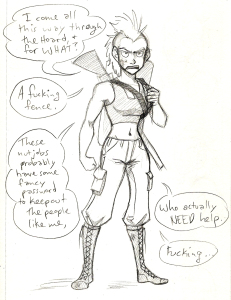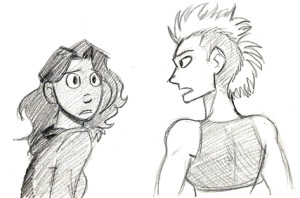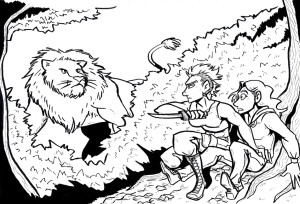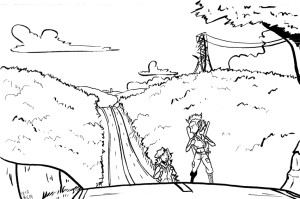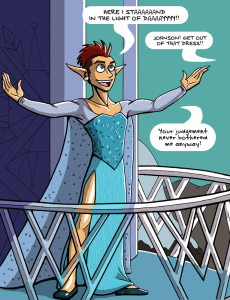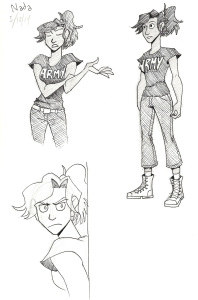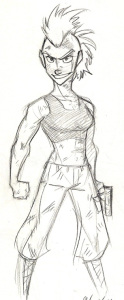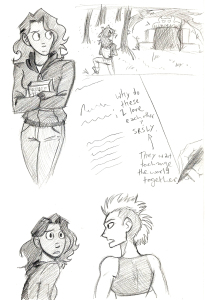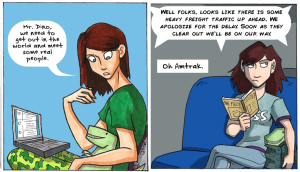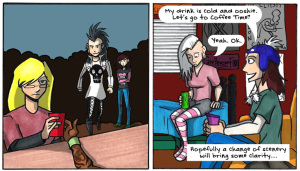This post is coming to you in 5 Parts, so let’s get right to it!
Part 1. If you did not see it yet, I finally posted something on the Women Warriors Project. You can check that out here.
Part 2. My awesome friend Chloe sent me volumes 1 and 2 of The Heroic Legend of Arslan and I am SUPER EXCITED, because we both mutually love Hiromu Arakawa and it’s great to see her work on other manga.
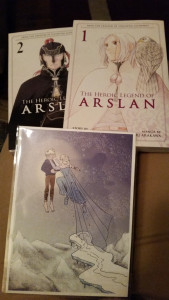
I’m going to write and post a review of volume 1 this upcoming Tuesday, reviving a feature I introduced last year, “Review Day Tuesday.”
Speaking of recurring segments on the blog, that brings me to,
Part 3. Favorite Artist Friday!
I’m going to rename this feature “Featured Artist Friday,” so it’s not just my favorite artists being featured.
Featured Artist Friday is going to feature lots of different types of artists. So expect to see comics artists, painters, mixed media artists, sculptors, or just people I find while I flip through my stack of business cards I’ve accumulated over the years from conventions.
Speaking of art, though,
Part 4. New Mini-Comics!
I made and finished a new mini-comic recently called “Duck for Dinner.” It’s a short little autobiographical story.
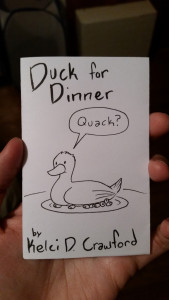
It’ll be up for sale on Storenvy soon.
If you would like a digital copy of the comic for, say, $0.99 (US Currency) please leave a note in the comments. I’ve been thinking of offering short 99 cent digital comics for sale through Gumroad, but let me know what you think?
Speaking of Storenvy, though, that leads me to,
Part 5: Crafting Stuff!
So I had a ton of excess paper and decide to bind some new books (because bookbinding is one of my new hobbies). I used a new technique I found the other day called the Slot-&-Tab method, which requires no thread or gluing.
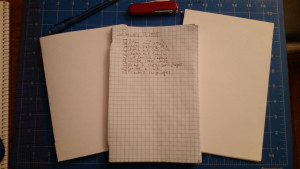
The thing is, I don’t have a use for these (although I’m keeping the grid paper book), so I’m thinking of selling them as filler notebooks or something on Storenvy. If you’re interested in getting one of these, drop a comment below.
And if you would like to see a tutorial, let me know about that, too, in the comments.
So what other things am I crafting?
Well, I have some T-shirts I don’t wear anymore…
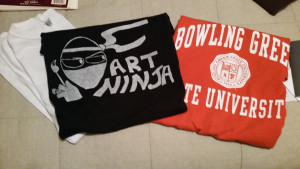
I’m going to repurpose these into tote bags. Because tote bags are awesome, and you can totes (HA) use them in lieu of plastic bags when you shop, which is my favorite thing to do.
I’m not confident enough in my sewing skills to consider selling the finished totes, though, so it may be a while before I offer any for sale.
That’s all for today, but come back tomorrow, when I talk about a new artist for Feature Artist Friday!
